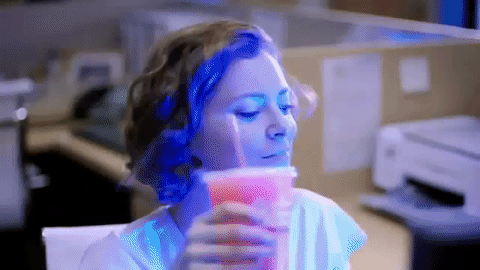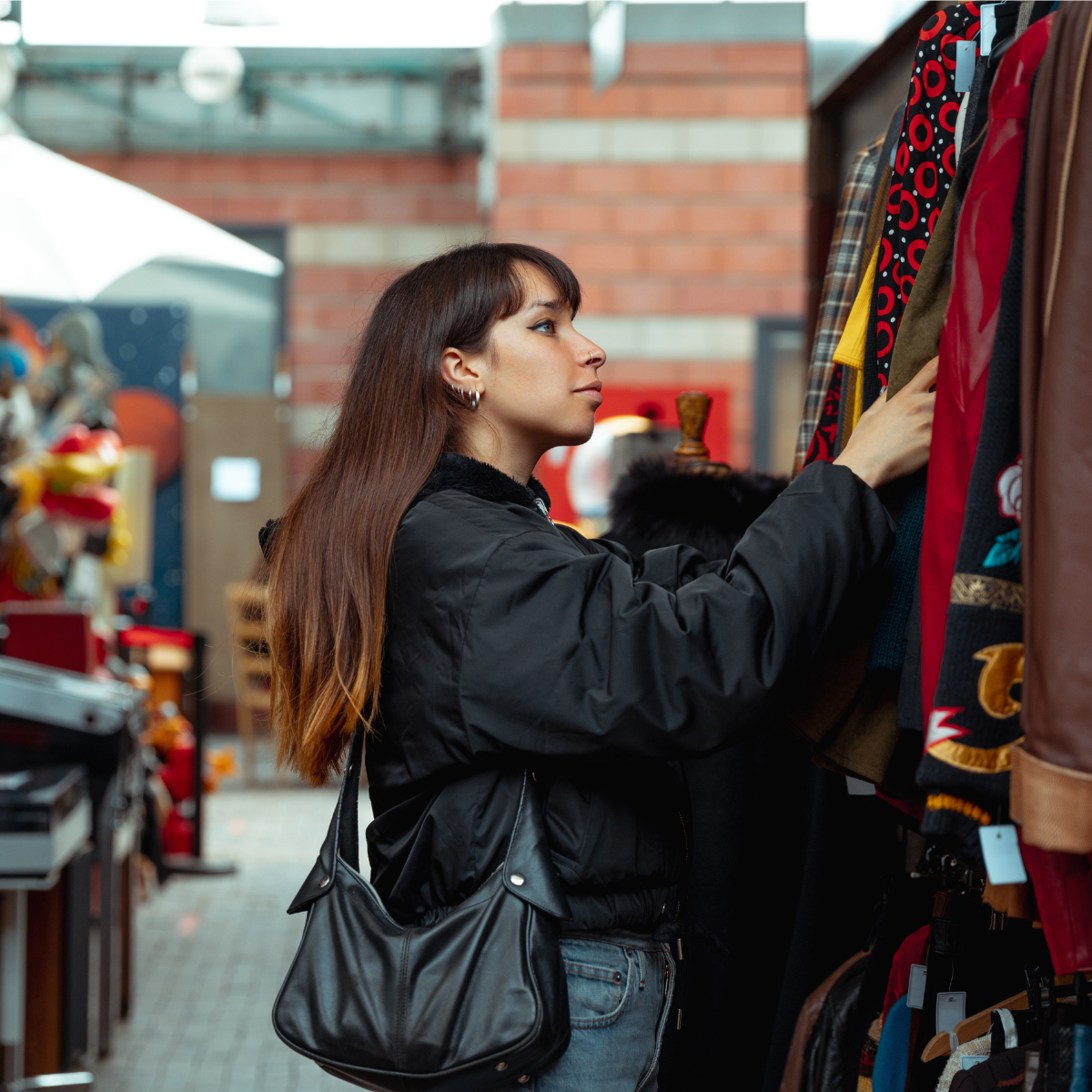Are you clued up on the real dangers of not using sun protection?
We have answered all your burning questions about sun protection (please excuse the pun!).

If you want to avoid ageing, wrinkles and skin cancer - read on...
Words by Jadie Troy-Pryde
As the summer edges ever closer (kind of), it's important that you're considering how to change your beauty and skincare regime accordingly. Yes, we all know the rigmarole of trying to rub the best sun cream in while on the beach without an unwanted sandy exfoliation - but how else can we adapt our beauty bags to ensure that we're blocking out those harmful UVA and UVB rays? What are the products we need to be investing in? And how can we make sure we get that sought-after healthy glow without the skin damage?
You'll find the answers to every sun protection question you've ever wanted to ask - right here...

What is sun protection?
Although many people associate sun protection with sunscreen creams or lotions, the truth is that anything that protects your skin from the harmful sun damage acts as sun protection. As SkinCancer.org stresses, 'Sun protection is essential to skin cancer prevention.'
There are many protective creams available, but there are also other methods you can use to ensure you don't cause irreparable damage to your skin - something as simple as using a sun hat, or long-sleeved clothing for example.
What is the best form of sun protection?
Experts suggest that you protect your skin from the sun by doing an array of things as well as lathering on the lotion. As simple as it sounds, ensuring that you keep in the shade will reduce your risk of skin damage and overexposure.
Marie Claire Newsletter
Celebrity news, beauty, fashion advice, and fascinating features, delivered straight to your inbox!
Another thing that people forget to keep safe is their eyes. Wearing the right eyewear will protect your peepers by blocking 99-100% of both UVA and UVB light, according to SkinCancer.org, because too much sun can lead to loss of vision and macular degeneration.
What is the best sun protection for babies?
As a baby's skin is extremely sensitive, it is advised that they are kept out of direct sunlight for the first six months, and so the best protection is to keep them covered or in the shade, with a brimmed hat, and with their arms and legs fully covered by long and light clothing.
Once they are six months, you can then use sunscreen for protection against harmful rays, which should be reapplied every thirty minutes.
Is it better to use sun protection cream or spray?
Both are regularly used, however each has it's own pros and cons. A cream can be more hydrating for your skin, and you also get a better idea of how much you have applied compared to a spray with can easily be spritz a lot of the product into the air. However, sprays are more convenient and usually leave you feeling like your hands are less 'gunky'.
In terms of protection, creams are deemed more useful and allow less damaging rays through as a result of how it is applied.
Will sun cream stop me from getting a tan?
Slather on the SPF and tan away - it turns out that while sun cream does provide a sun barrier, you'll still be able to tan more healthily. Dr Paul Stillman of Soleve Sunburn Relief said, 'Although sun cream creates a protective barrier, it will not always stop the tanning process completely. It’s important to note that skin colouration in tanning is a sign of damage, but sunburn is without a doubt the biggest danger to our skin when we are aiming for that tan.'
'One of the best ways to avoid the burn is to use a high SPF factor cream, with a minimum SPF of 30, and being sensible in the sun by making the most of cover and avoiding peak times. You’ll still be able to get bronzed, but you will be better protected.'
If you are looking for a lotion that will also enhance your tanning potential, try the Institut Esthederm Adaptasun Body Lotion which will help you develop a deep tan while also protecting your skin.
How often should sun protection be reapplied?
Guidelines suggest that you lather on the lotion thirty minutes before sun exposure so that it has time to work into the skin, and after that you should reapply every two hours.
Does a base tan provide sun protection?
This is becoming a more popular myth and unfortunately, it's not true.
Dr. Paul Stillman explained, 'A base tan will not reduce your risk of sunburn and doesn’t act as a form of protection. Experts estimate that going out in the sun with a base tan is equivalent to wearing a sunscreen with a very low SPF of 3 to 4. To better protect yourself, you should still use a high SPF sun cream of 30+.'
How can I get sun protection for hair and my scalp?
The best protection for your scalp is an obvious choice - a sun hat. A wide-brimmed hat will also provide your face with shade, and keep you feeling cool. However, if you're particularly adversed to hats then there are some great sprays that are designed specifically for scalp protection, like the Redken Colour Extend Sun Solar Screen with SPF 10.
If you are looking for a product to protect your tresses while you soak up the sun, opt for a spray like the Kerastase Soliel Micro-Voile Protecteur, £21.80.
Will an umbrella protect me from the sun?
Sure, a rainbow umbrella makes for a cute Instagram photo and much needed shade, but how much use does it actually do? It turns out that it doesn't help quite as much as you'd hope it would, as Dr Paul Stillman explains, 'Lounging under an umbrella will provide some much-much needed shade, but did you know that sand can reflect the sunlight? The sandy beach can actually increase reflected radiation by up to 17%,[2] meaning that the sun’s rays may still be reaching you whilst you think you’re protected under the sun, so keep that sunscreen topped up regularly.'
Do I still need to wear sunscreen if it's cloudy?
This is just good skincare practice, you should always try to wear sunscreen daily. Dr Paul Stillman elaborated further, saying, 'A cloudy sky doesn’t protect you from the sun’s rays, in fact 30-40% of UV will still penetrate through cloud cover. For example, if half the sky is covered in clouds, 80% of UV will still shine through. So if you’re out in the open air for any length of time, you still need to follow the usual sun-safe precaution drill – pop on a hat, smooth on some sunscreen, slip on those shades and drape yourself in loose clothing.'
Does ice help sunburn?
It's probably best to go stock up on some aloe vera or an after-sun relief product like Soleve™ Sunburn Relief to calm the skin, since ice can actually aggravate the issue.
Dr Paul Stillman explained, 'Cooling the skin under running water or a cold compress is a good idea to relieve some of the pain and cool the hot dry skin, but never apply ice directly to the sunburned area as this can actually delay healing by causing the blood vessels underneath the skin to constrict and reduce blood flow.'
The leading destination for fashion, beauty, shopping and finger-on-the-pulse views on the latest issues. Marie Claire's travel content helps you delight in discovering new destinations around the globe, offering a unique – and sometimes unchartered – travel experience. From new hotel openings to the destinations tipped to take over our travel calendars, this iconic name has it covered.
-
 Vintage sales, flower festivals and unique brunches - 7 fun and frivolous things to do this bank holiday
Vintage sales, flower festivals and unique brunches - 7 fun and frivolous things to do this bank holidayBy Jadie Troy-Pryde
-
 How Ben Affleck feels about dating after his divorce from Jennifer Lopez
How Ben Affleck feels about dating after his divorce from Jennifer LopezHe's taking it slow
By Iris Goldsztajn
-
 Dior travels to Kyoto for a cherry blossom-inspired fashion show
Dior travels to Kyoto for a cherry blossom-inspired fashion showHere's everything you need to know
By Clementina Jackson